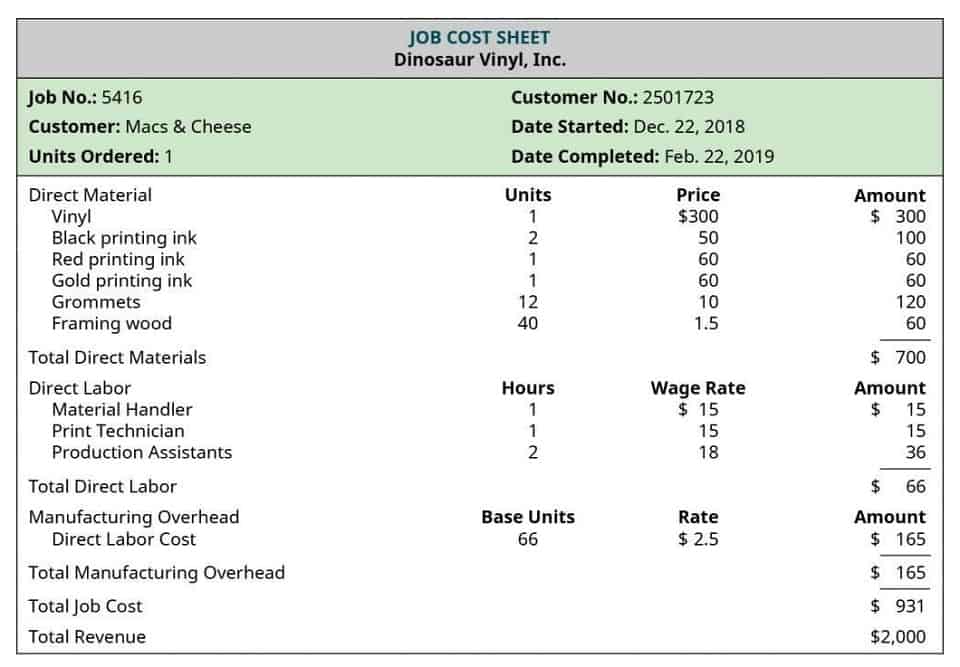
There are four major valuation approaches for advanced business valuation. Also called an “SDE multiple,” your industry multiplier is a number that you multiply your SDE by to get the fair market value of your business. You bought five pounds of pink glitter, for a new experimental bath bomb (“Grapefruit basic business valuation formula Sunrise”). These are non-essential expenses—you incurred them in the course of doing business, but they were one time transactions, not essential for keeping Fizz Off in business. If you own a business, the taxes you pay, your owner’s draw, and other non-essential expenses are tied to you.
We’re qualified to handle the most complicated aspects on behalf of our clients, ensuring you walk away satisfied. Buying or selling a business is a complex process – and you shouldn’t go through it alone. You need an experienced business broker to guide you through the process. With a certified business intermediary at your side, we feel confident that you will sell your business in California quickly and at the highest price. If you need help with determining your company’s worth, schedule a free consultation with Andrew Rogerson. He can help you determine the best way to value your company and maximize its value.
Market conditions
Next, the capitalization of earnings valuation method calculates a business’s future profitability based on its cash flow, annual ROI, and expected value. We’ll take a look at both basic business valuation and advanced business valuation methods. The basic approach is good for small businesses and side hustles, or for getting a ballpark figure for your own sake.
The simplest way to value a business might be to look at its balance sheet. This is a list of the business’s assets and liabilities, showing the company’s net worth. If it’s a complex balance sheet, you can simply take the assets you think you can sell quickly and subtract the liabilities to determine the company’s net worth for a fast sale. During the valuation process, all areas of the business are analyzed, and all business assets are assessed. The valuation of a business embraces tangible assets and intangible assets, as well as the analysis of the company’s management, its future earnings prospects, and current capital structure. The most important thing in a business acquisition, whether you’re a buyer or a seller, is to arrive at a fair price for the business.
Economic Conditions
Our best expert advice on how to grow your business — from attracting new customers to keeping existing customers happy and having the capital to do it. If you are in the transportation industry, this calculation can be spot on when it comes to determining the value of your trucking and logistics company. The first step for this example is to find the company’s earnings before interest and taxes (EBIT), which is $1 million.
There are many ways to value a business, and which method is most reliable will depend on the annual revenue of the business as well as how much data is available, among other factors. Under the sales-based market approach, compare a company’s revenue to the sale prices of other, similar companies that have sold recently. For example, a competitor has sales of $3,000,000 and is acquired for $1,500,000. So, if the owner’s company has sales of $2,000,000, then the 0.5x multiple can be used to derive a market-based valuation of $1,000,000. Consequently, only use this valuation formula if the comparison company is quite similar to the owner’s company. Each uses a different aspect or variable of a business to calculate its numerical value — either a business’s income, assets or using market data on similar companies.














